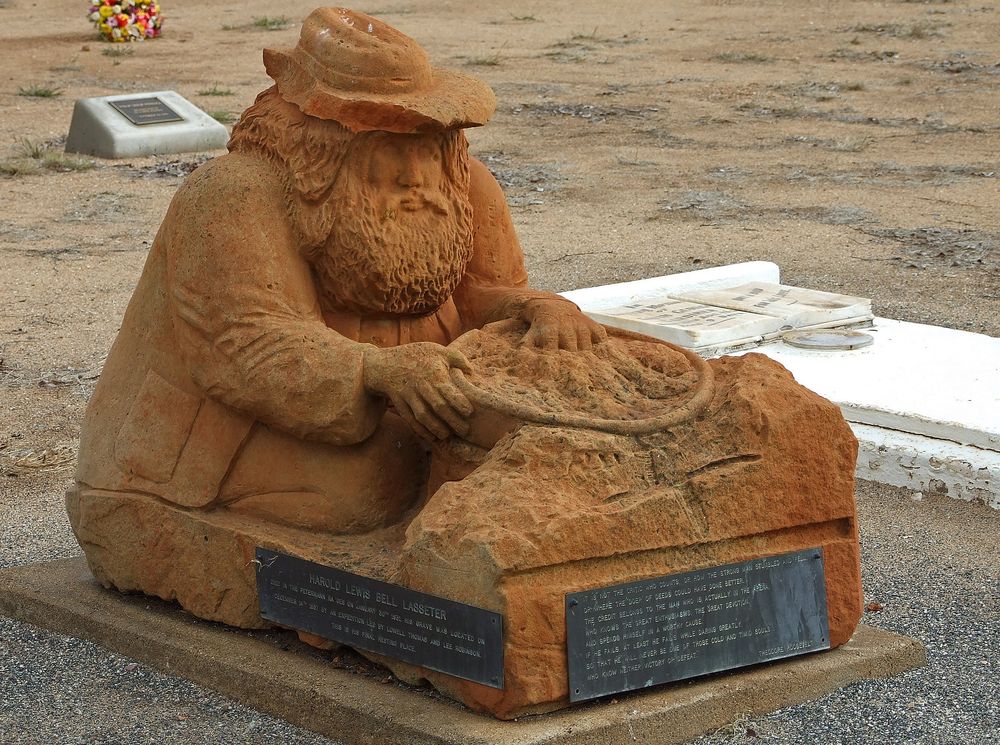In 1929, Australia got its own living and breathing Indiana Jones.
Harold claimed that some 30 years before he had discovered a gold bearing reef in central Australia.
His hopes were to go back into the vast expanse and rediscover the lost treasure.

Were the claims vague?
But did the news make waves among historians and gold prospectors?
The vast Australian outback.

But the one who got this ball rolling was Lasseter himself.
From the very beginning, Lasseter was a sullen companion and a vague guide.
The group headed to Ilbilba, where an aerodrome was created earlier that year for another expedition.

Exasperated, Blakeley declared Lasseter a charlatan and left.
Johns, who by now doubted Lasseter’s sanity, accused him of being a liar.
A fight ensued, and Johns left Lasseter to his own devices.
That was the last anyone saw of him.
A year later his remains were found in a remote desert cave.
The gold remained undiscovered.
His journey was retold in 1931 asLasseter’s Last Rideby Ion Idriess.
By 1970 people were deep-diving into the gold search.
But Olof could not recover the lost gold either.
According to Lasseter, the gold reef was discovered on the western edge of the MacDonnell Ranges.
Many claimed to have found the gold, many claimed to know how to find it.
The sensational discovery afforded Harold a remarkable grave when his body was found.
Technology was modernising, fast tracking the odyssey of the curious prospector.
Many traipsed the outback observing anomalies and potential clumps of gold, but in vain.
He also came across a milky-white quartz outcrop known as a quartz blow.
According to him, Lasseters knowledge of the reef came from Joseph Harding through word of mouth only.
That, to say nothing of the idea that the reef may actually exist.
Bill, and numerous others, continue to look out for the mysterious pocket of gold even today.
In search of value, of treasure, or maybe just an answer.
References#Australian Geographic#The Canberra Times#The Sydney Morning Herald#State Library - New South Wales